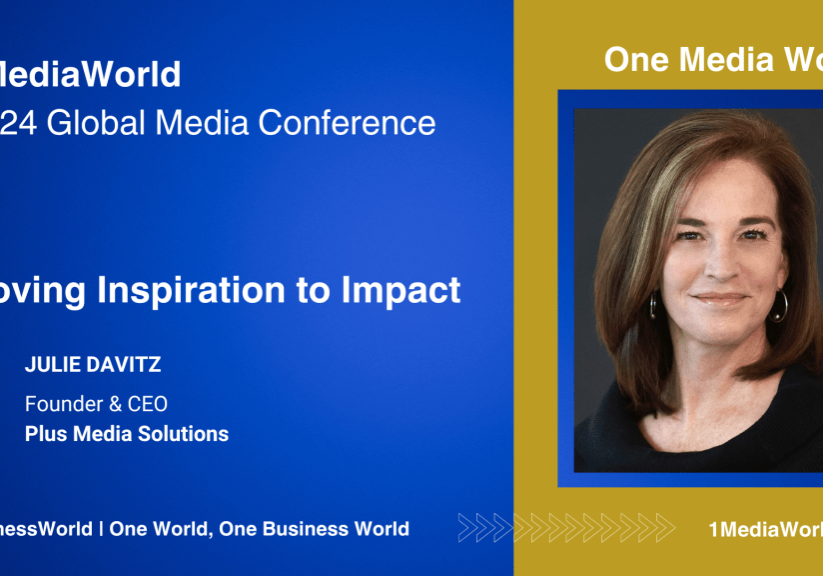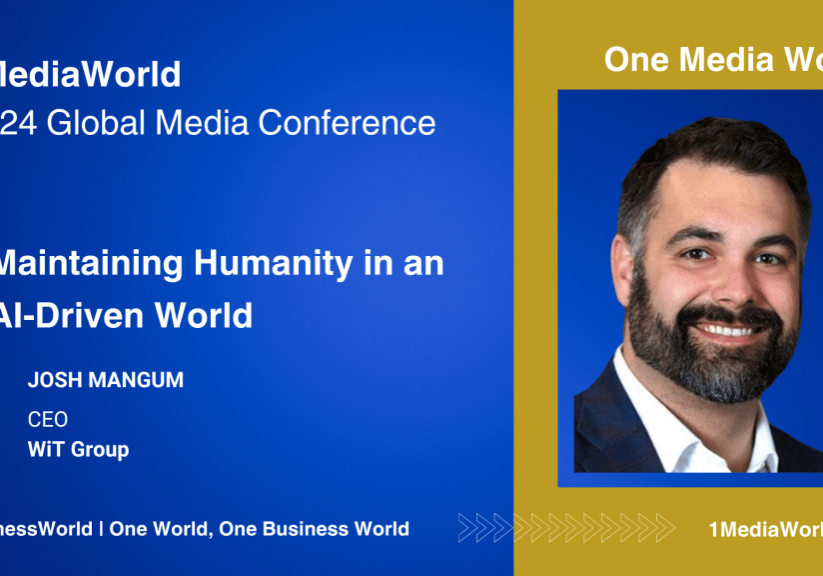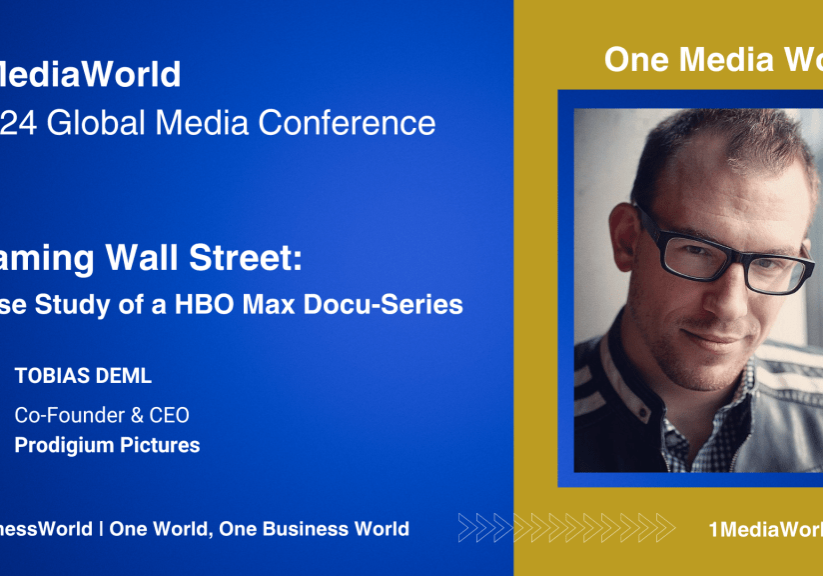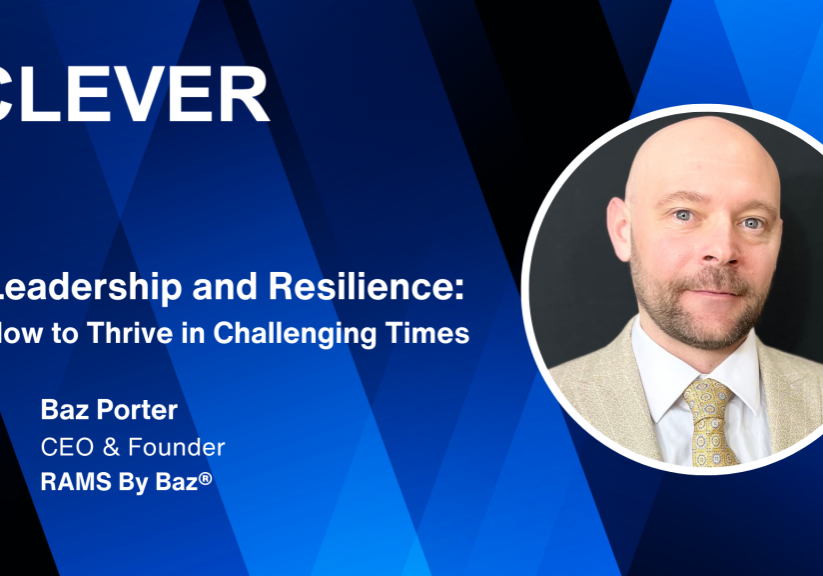
With the average credit card interest rate at nearly 24 percent, according to LendingTree, it’s expensive to stay in debt. Yet 29 percent of credit card customers pay only the minimum or close to it, even when they can afford to pay more, according to data from the National Bureau of Economic Research. It doesn’t make mathematical sense, but one explanation for this tendency, experts say, is a form of cognitive bias called anchoring. A term borrowed from behavioral economics, the anchoring effect describes our tendency to over-rely on a piece of information presented to us. For example, when a credit card statement suggests a minimum payment of $25, that amount becomes an anchor, guiding people on how much to pay each month.We like to think that good financial habits are simple — crunch some numbers, create a budget and stick to it. But if being good with money were that easy, we’d all be good …












